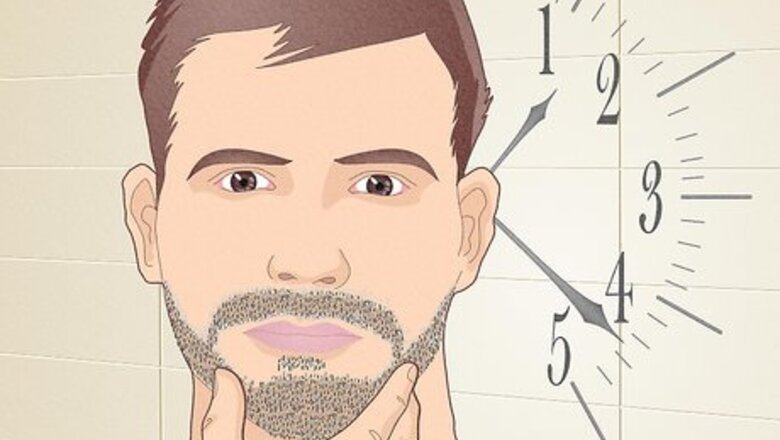
views
X
Research source
Because of the protection and lubrication that a wet shave offers, you will have less knicks, cuts, and razor burns.
Readying Your Environment

Set aside enough time. You will not want to rush your wet shave. Make sure you have enough time to do a thoughtful shave. Quickly shaving your face can lead to razor burn and skipping important prep steps can make all the difference in your shave.
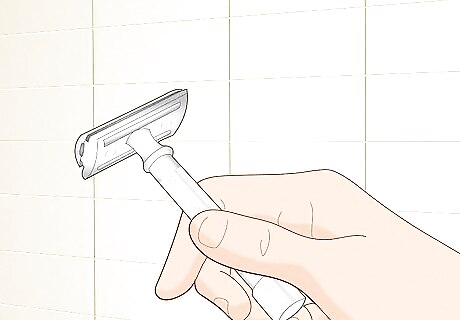
Use a good razor. A wet shave requires a high-quality razor, not disposable blades or cartridge blades. There are two main kinds of razors recommended for wet shaves: Safety double-edge razor. This is easier to use than a straight razor and you can switch out the blades depending on which one is best for your skin. Straight-edge razor. This is a more expensive and more dangerous option. Professional barbers use them in barbershops. You should probably wait until you are more experienced before using a straight razor, even though it delivers the closest shave. Also keep in mind that this razor requires care and upkeep, such as sharpening and stropping.
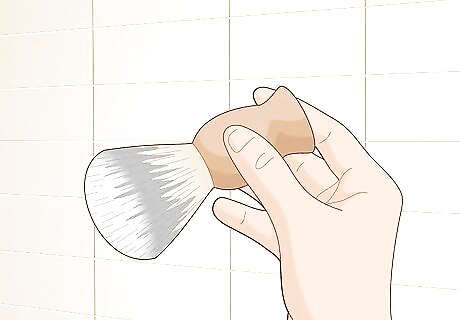
Use a shaving brush. There are many reasons to use a brush. It lifts hair follicles up while exfoliating your face by removing dead skin cells. Plus, it not only creates a thicker lather, it creates a lather more efficiently than your fingers would, so your product will last longer. There are different kinds of brushes you can use, but you may want to use the best one. Badger brush. This brush is made from the hair of a badger and is generally considered the best for a close-shave. They range in price, but you can probably buy a mid-range one that will be just as good as an expensive one. Even among badger brushes there are different gradients of badger hair that vary in price and quality. Boar brush. A boar brush is a cheaper option than a badger brush. Unlike badger brushes, boar brushes do not absorb water so you will need to soak it in warm water ahead of time. Horse brush. This brush is made from the hair of a horse’s mane and is also generally cheaper, and may be good for beginners. Synthetic brush. These brushes are generally cheaper, and are a good option for someone who is vegan, uncomfortable using animal hair, or allergic to animal hair.
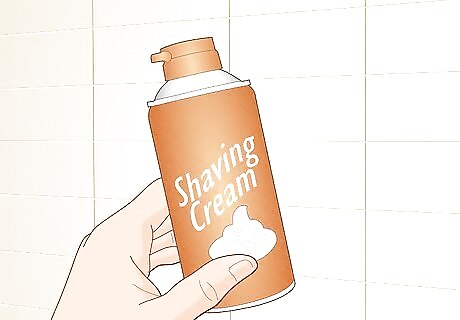
Use a good-quality shaving cream. Foams or gels are not good for wet shaves. A good cream will prevent shaving rash and razor burn. You will want a glycerin-based gel since an alcohol-based gel will dry your face out.
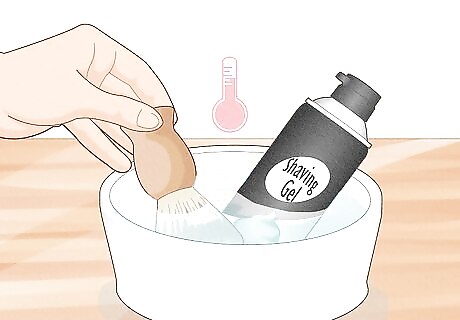
Soak your brush and/or shaving gel in warm water. You can either soak it in the warm sink or in a small cup with warm water. Place your gel in the warm sink bath. Always clean and sanitize your razor before using it.
Shaving

Make sure your face is completely wet. Wash your face, after a shower, or make sure it is wet. Consider putting a hot wet towel around your beard and neck area. This trick will help soften the hair follicles and make it easier for the razor to take off the hair and will be easier on your skin. The towel step is optional as long as your face and beard are warm and wet.
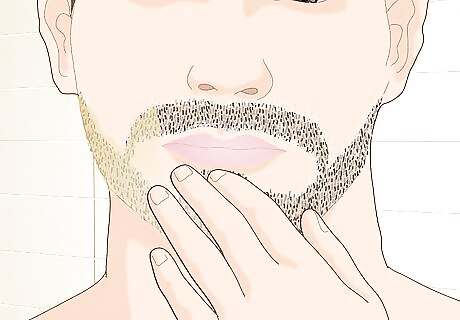
Apply pre-shave oil. Use a few drops of oil (like sunflower, olive, or coconut oil) on your beard and/or facial hair. It will moisturize and help soften the hair before shaving. It also works as an antiseptic and as lubrication for the blade.
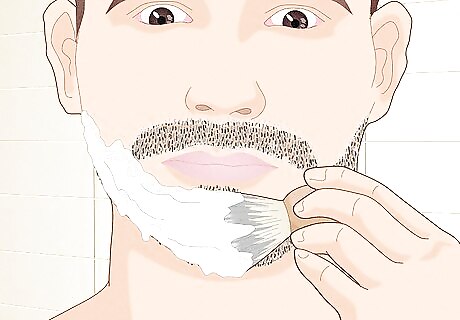
Apply the shaving cream. Pick your brush out of the warm water and hold it over the sink until it is finished dripping. Now gently swirl it in your shaving gel until it is covered with a light lather. Only use a small amount of shaving gel. The brush should lather it up plenty, and it will make your cream last longer if you just use a little. Use a circular motion and go lightly, making sure to cover every single place that you want to shave. Continue until there is a light, opaque lather around your entire face.
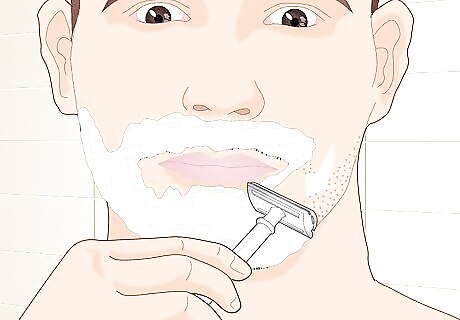
Shave with the grain of the hair. The grain of the hair is the direction it grows. This generally means shaving up to down, or North to South. Place the razor on your face at a 90-degree angle. Then, as you start to shave, move it down at 30-45 degree angle. Do not apply pressure. If you are accustomed to using cheaper, disposable razors, you probably pressed down when you shaved. However, now you are using a high-quality blade that does this work for you. Pressing down will cause knicks and cuts. Once you are better at wet shaving, you can re-shave against the grain for a closer shave.

Rinse your blade after every stroke. This will keep the blade clean and the stroke sharper.
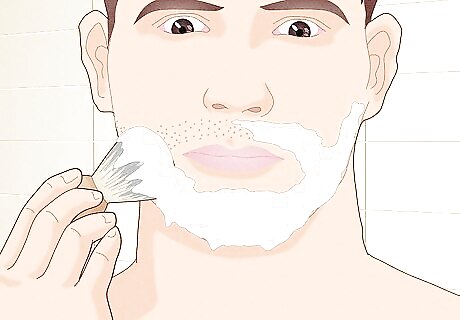
Re-lather for a second pass. That's right—all of it. Shaving oil, shaving gel, etc. You will need to prep your face again for contact with the blade if you want to avoid irritation and razor burn. A second pass is when you can consider shaving south-to-north, or down-to-up, just be prudent.
Cleaning Up Afterwards
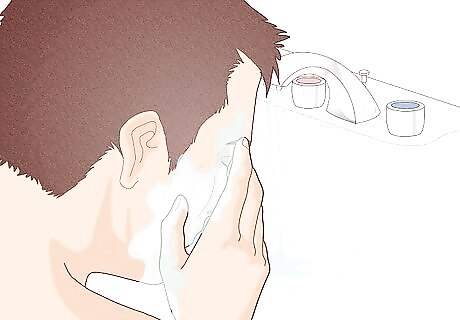
Rinse your face with cold water. The warm water from earlier was meant to open your pores and relax your face. Now you want them closed so they can regenerate.

Use after-shave or moisturizer. After-shave isn't a vanity product, it also helps heal and moisturize your skin after the shave and adds a layer of protection since you just lost hair and skin cells. Avoid alcohol-based products as these will actually dry your skin out, cause a “burning” sensation, and cause your face to secrete oils, which can lead to ingrown hairs.
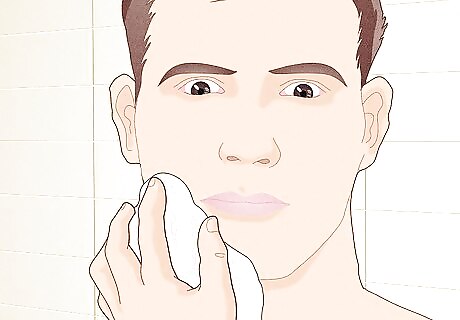
Pat your face dry with a clean towel. Be gentle and do not rub it dry—rubbing will increase irritation.

Rinse and put away your brush. Rinse all the lather of your brush. Store it handle down with the brushes in the air so it will air dry. This is a crucial step to ensure your brush will last for a long time—it's a big investment, and if you take care of it, it will take care of you!















Comments
0 comment